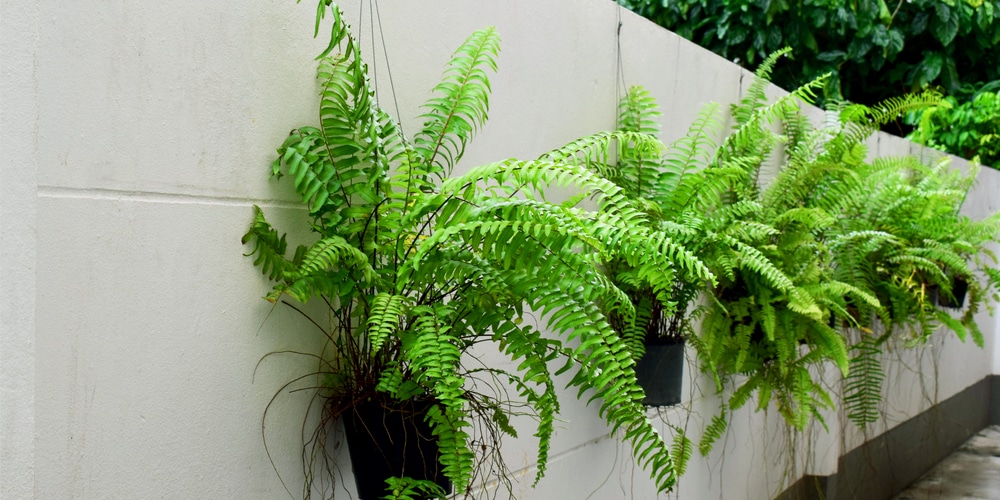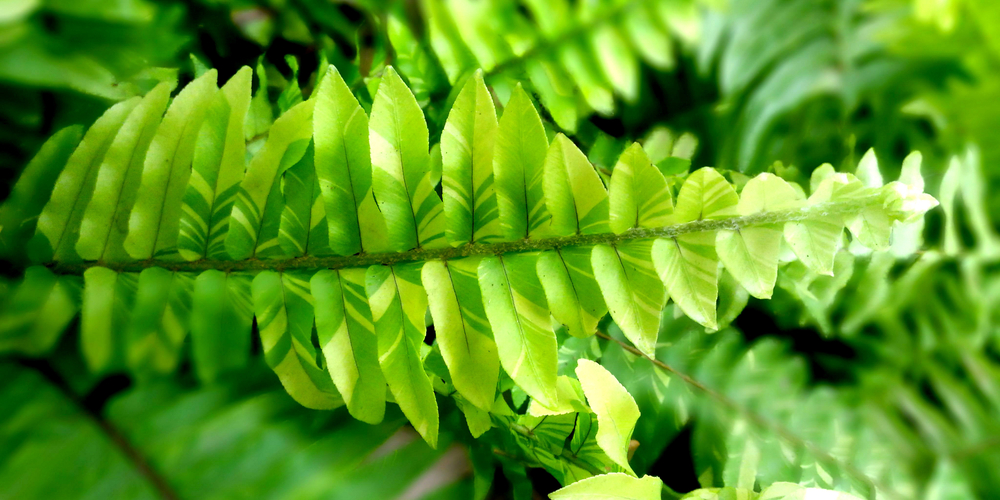With gracefully drooping fronds that are luscious green in color, the Boston Fern produces a ruffled appearance, making it ideal in a hanging basket or near something where the fronds may drape down over it. These plants are often grown indoors as houseplants and can make a real statement in any room.
However, with just the right growing conditions, they can also thrive outdoors. If you’re considering adding a Boston Fern to your outdoor space, here are some tips on how to take care of it so it will stay healthy and look its best.
Boston Fern Living Requirements
Boston Fern is a popular species of fern that mostly grows in tropical areas. It is the perfect houseplant as it doesn’t need much sunlight to survive. Though slow-growing and non-flowering, it produces blue-green foliage with tiny sword-like leaves. It prefers moist and well-drained acidic soil with a pH of 6.0 to 6.5.
It doesn’t require too much fertilization as it is a low feeder but it could also encourage growth. Unfortunately, this fern can’t tolerate extreme temperatures. Extreme heat or cold can harm the plant and can kill it. It is a relatively trouble-free plant but it can still be vulnerable to pests and diseases.
Boston Fern Care Outdoors
Although Boston Fern is more often grown indoors, it can make a real statement when placed outdoors in the right conditions. To find the perfect spot for your Boston Fern outdoors, look for an area that is shady and has moist, well-drained soil. These plants do not do well in direct sunlight or in dry conditions, so it’s important to find a spot that will meet these needs.
When grown outdoors, you may need to water your Boston Fern more frequently. You should also mist the leaves with water on hot days to help keep them from drying out.
During hot summer months, it is best to place your Boston Fern in an area with filtered sunlight or afternoon shade. In the winter, you will need to bring your plant indoors or place it in a protected outdoor area to prevent the leaves from freezing.
Boston Fern can be extra susceptible to pests and diseases when grown outdoors. Caterpillars, mealybugs, slugs, and scales can pester your plant and can cause damage to the foliage and root system.
These pests can be controlled with regular applications of insecticidal soap or neem oil. Fungal diseases such as root rot, leaf-spot disease, and powdery mildew can also affect your plant. Be sure to keep an eye out for any signs of these problems so you can take action quickly.
Regularly check the leaves for signs of pests or disease and take action immediately if you see anything out of the ordinary.
Where Can It Grow outside All Year
USDA zones 9 to 11 are perfect for outdoor Boston Fern growth all year. States included in these zones such as Texas, California, Louisiana, Florida, and other southern areas of the states all have warm and humid climates and can be ideal for your outdoor Boston Fern.
If you live in a colder climate, you can still grow it outdoors, but you will need to take some extra precautions to protect it from the cold weather. Be sure to bring your plant indoors or into a greenhouse before the first frost hits.
You may also need to provide some additional protection by covering the pot with a burlap or placing it on top of a potting bench or table.
Boston Fern Care Outdoors: Final Thoughts
Boston Ferns do not flower and grow at a very slow pace but they have a distinct appearance because of their foliage that elegantly drapes down. They are a very popular plant to have in the home as they improve indoor air quality and can tolerate some neglect.
With just the right growing conditions, they can also thrive outdoors. Just be sure to find a shady spot with moist, well-drained soil for your plant and take extra care of it during hot summer months or cold winters. By doing these extra steps, growing your Boston Fern outdoors will be as easy as can be as having it indoors.


